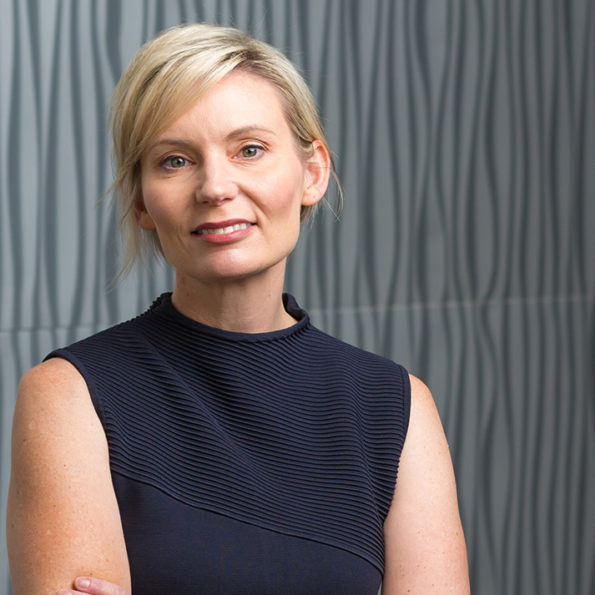Only four things in life are certain: birth, death, taxes, and expert predictions from prophets in the ad game.
Every year we see predictions in our industry that can range from the ludicrous to the bleeding obvious and Professor Scott Galloway is perhaps the most entertaining of them all.
His highly anticipated annual predictions on the happenings in the media and tech industry have been as crazy as ‘Sheryl Sandberg and MacKenzie Bezos will marry’ to the absolute spot-on with ‘Slack will take over email for internal communications’.
What I find fascinating about his predictions are they are big ballsy calls about big ground-breaking change, so when they are right the tectonic plates of our marketplace shift just a little bit.
What is different this year is that the themes are less diverse with one single prediction dominating the teachings of the supernatural: 2022 will be the year of attention measurement.
But if it’s correct, the earth's crust just might move.
For someone who has been talking about measurement change for years, this feels like an overnight hit song that’s taken years to be mainstream.
A song that finally gives marketers access to what they have always needed for ad impact.
So, in thinking about this article, I felt the last thing you would want from me is replication.
After all, I have been predicting this for years, so I owe it to you now to go a bit deeper.
Besides a song with a repetitive bridge can get annoying. So, here are my three predictions for 2022.
Deeper mining of human attention data
We will see deeper mining of human attention data: the industry has put a line in the sand around the value of human attention and some baselines around its application, but human data is so much richer than proprietary norms, indexes, units, averages.
At the deeper level, we see moment-to-moment behaviours such as switching rates, attention decay patterns and other juicy things that make humans, well, humans.
And these are the sorts of behaviours that can determine the levels of reach needed for a campaign and differentiate build versus refresh attention and so much more.
In 2022 these types of behaviours will be mined more deeply to build even more valuable products. Think of 2021 as V1 and 2022 as V2.
This will also drive a wider wedge between advanced viewability products and those built using continuous human data or as Dom Tilson from Inskin recently put it, “weed out any parties trying to game the system in the process”.
Progressive procurement practices
We will see more progressive procurement practices around the use of attention data: the attention economy movement might be heading towards the point of critical mass, but procurement still holds the cards and must be part of the change.
Some procurement teams are struggling to reconcile the application of attention as the descriptions used are counter to how procurement is naturally wired to buy media.
Meaning, they struggle to come to terms with the need to pay more for more attention, when for the most part their remit is cost reduction or at least not cost increase.
But in 2022 as attention data creates more transparency around relative platform and format performance, procurement teams will be armed with richer actual performance data with which to balance cost, value and contribution.
They will come to terms with the reality that increases in overall active attention hours can be delivered for the same annual budget, even if there is a small overall increase in individual level CPMs as investment is channelled towards higher attention inventory types that deliver better ROI. They will also start to understand that CPM is not commensurate of performance and value.
Creative and platform functionality will work together to drive attention
Creative will have its time in the sun: consistently in our data we see that creative plays a role in how much attention is paid but platform functionality sets the tone.
What this means is every single time we collect data, across all the countries and platforms we collection from, the level of attention gained from the same creative diminishes in line with the performance of the platform.
So even though good creative helps, the platform is the biggest driver of attention. If creative execution was the driver of attention, it would get the same attention on every platform. But it doesn't.
But this year the concept of ‘good creative helps’ will be much more robustly defined. And the reason why this can happen now is because solid baselines have been established for media platforms and formats across country, demo, time of day and more.
Now we can test different creative against these norms to start to understand what attention elasticity looks like for creative under what conditions.
Without separating the two, attention research focusing on creative tells us little about the real impact of the creative.
Scott Galloway says making predictions is a lousy business:
“the events leading up to the realisation of any prediction make it seem less extraordinary. And when you get it wrong, you’re an insufferable numbskull”.
I’m comfortable these won’t be too far off the truth, so I am happy with the risk. What I will say is 2022 is going to be one hell of a ride for audience measurement – hold onto your hats.
Source: mediatel.co.uk

